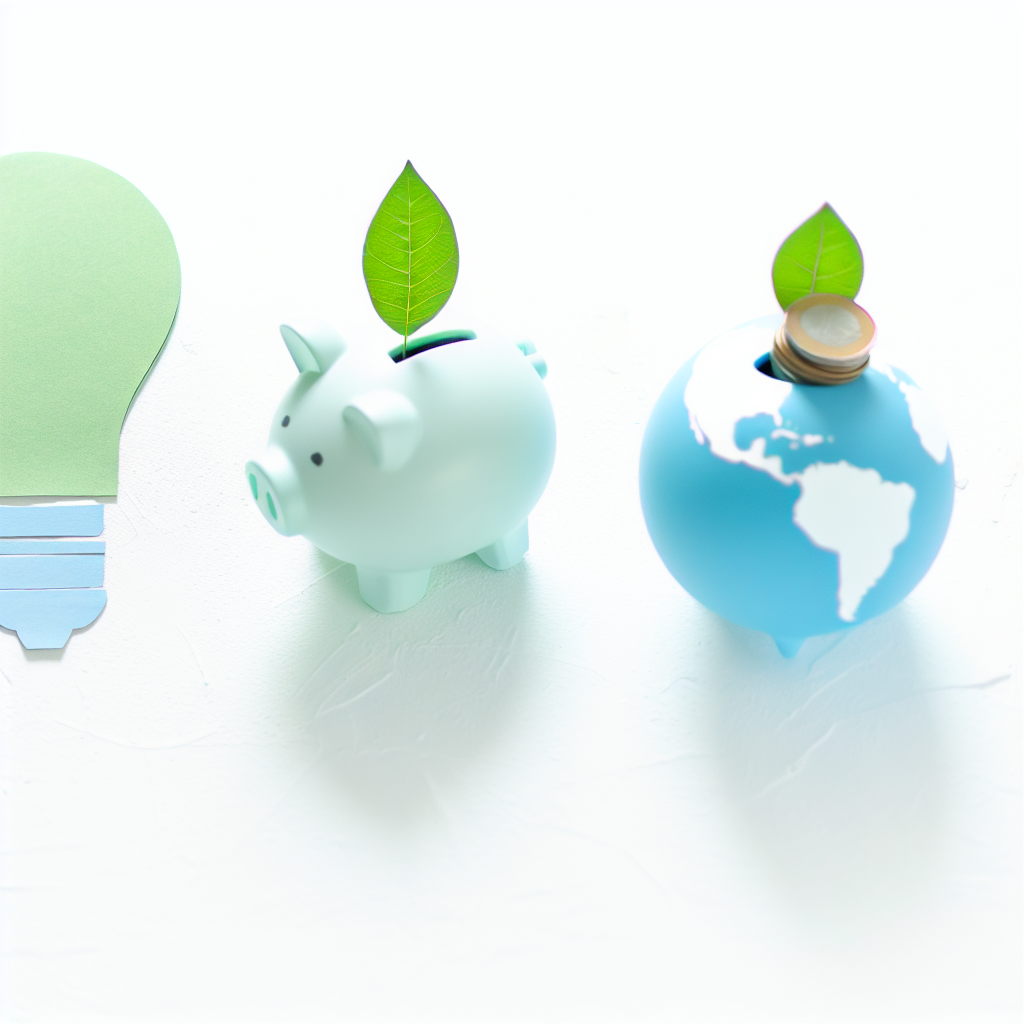10 Cool Ways to Save Money on Groceries and Go Green
Introduction
Hello, smart shoppers and friends of the earth! Welcome to Frugal Zeitgeist, where we blend saving money with loving our planet. Grocery prices are going up, and it’s essential to live sustainably. We’re here to help you stretch your grocery budget and be kind to Earth. Let’s explore 10 cool ways to save money and go green. Your wallet and the planet will be happy.
1. Plan Meals with Seasonal and Local Produce
There are hidden savings in your local farmer’s market and grocery store. Seasonal and local produce not only costs less, but it also has a smaller carbon footprint, meaning less travel and fresher food.
- Finding What’s in Season: Use websites like Seasonal Food Guide or Local Harvest to see what’s fresh and cheap.
- Meal Planning Tips: Plan meals using the season’s produce. Use squash in the fall, berries in summer, and leafy greens in the spring.
- CSA Programs: Join a Community Supported Agriculture (CSA) program to get a box of fresh local goodies each week — it’s like a surprise gift from nature!
2. Enjoy Plant-Based Meals
Eating less meat can save you money and be yummy too!
- Cheap Plant-Based Dishes: Try lentil soup, chickpea curry, or black bean tacos—they’re good for your wallet and taste great!
- Protein Alternatives: Buy affordable protein-rich plant foods like tofu, tempeh, beans, and quinoa.
- Extra Benefits: Eating less meat and dairy reduces your carbon footprint, making Earth a happier place.
3. Buy in Bulk
Buying in bulk means less packaging waste and more savings when you stock up.
- Bulk Shopping Basics: Buy grains, nuts, seeds, and dried fruits in bulk. Check out zero-waste stores or the bulk aisle.
- Smart Storage: Use airtight containers to keep food fresh longer.
- Bulk Benefits: Less packaging and better prices mean savings for you and the planet!
4. Grow Your Own Herbs and Vegetables
Turn your home into a little garden and watch your savings grow!
- Gardening for Beginners: Start with herbs like basil, mint, or chives in pots on your windowsill.
- Easy Veggies to Grow: Lettuce, radishes, and tomatoes are great for beginners and give back a lot.
- Price Comparison: One packet of seeds costs about the same as a bunch of fresh herbs from the store but lasts much longer!
5. Use Coupons and Cashback Apps
Coupons are cool! Save money and go green with the right strategy.
- Coupon Tips: Use apps like Ibotta, Fetch Rewards, and Rakuten for cash back and discounts on eco-friendly brands.
- Stay Organized: Keep track of your coupons with a folder or app. Avoid buying things you don’t need just because they’re on sale.
- Purposeful Shopping: Focus on using coupons for sustainable products and support ethical brands.
6. Minimize Food Waste
Don’t throw away food! Use these easy strategies to waste less.
- Waste-Reducing Hacks: Freeze fruits about to go bad, use leftovers creatively, and buy “ugly” produce.
- Smart Planning: Stick to portion sizes and plan meals that use up everything.
- Composting: Turn food scraps into compost to nourish your garden.
7. DIY Household Cleaning Products
Make your own cleaning products to save money and reduce waste.
- DIY Recipes: Vinegar and baking soda are powerful green cleaners that handle dirt and odors.
- Cost Comparison: A bottle of vinegar is cheaper and lasts longer than store-bought cleaners.
- Eco-Friendly Cleaning: Use DIY sprays and scrubs to keep your home clean without creating waste.
8. Shop at Farmer’s Markets and Co-ops
Explore farm-fresh food and help your community grow.
- Market Tips: Shop late for discounts, bring cash for better deals, and try to haggle — it’s fun!
- Co-op Benefits: Membership gives you discounts and sometimes profit-sharing. Plus, you get organic products.
- Support Local: Buying local boosts your community and helps small farmers succeed.
9. Repurpose and Recycle
Make the most of what you have by repurposing and recycling.
- Storage Solutions: Use glass jars for storage and egg cartons to organize small items.
- Upcycling Projects: Turn old clothes into cleaning rags or crafts without spending money.
- Join Online Groups: Get ideas for repurposing to keep materials out of landfills.
10. Practice Mindful Shopping
Think beyond your shopping cart and make eco-friendly choices.
- Shop Smart: Use a list to avoid buying on impulse. Jot down items and cross them off as you shop.
- Quality Over Quantity: Choose products that last longer, even if they cost a bit more. They save money over time.
- Make Conscious Choices: Each purchase supports the world you want. Choose wisely and create positive change.
Conclusion
Saving money on groceries and going green isn’t about giving up flavor or fun. It’s about making smart, conscious choices. With these 10 strategies, you’ll enjoy a more sustainable and economical lifestyle. Cheers to tasty meals, greener habits, and a healthier planet! Keep visiting Frugal Zeitgeist for more tips. Remember, living sustainably is not just about saving money—it also enriches your life and our beautiful Earth. Happy responsible shopping!









